Legal Basis
The following are the legal bases for the preparation, submission, and implementation of SDMP:
- Chapter X of Republic Act (RA) No. 7942 or the Philippine Mining Act of 1995; and Chapter XIV of the Department of Environment and Natural Resources (DENR) Administrative Order (DAO) No. 2010-21, the Consolidated DAO (CDAO) for the Implementing Rules and Regulations of RA No. 7942;
- Executive Order (EO) No. 443, signed on September 24, 1997. This EO provided for the adoption of the Comprehensive and Integrated Delivery of Social Services (CIDSS) as the national delivery mechanism for the minimum basic needs approach; and
- United Nation’s Summit Report in New York on September 25-27, 2015, adopted the “Seventeen (17) Sustainable Development Goals as The New Global Goals for Sustainable Development from 2016 to 2030”. The Executive Summary of the Report stated the mapping of the linkages between mining and the Sustainable Development Goals (SDG) and identified its contributions in all 17 goals to varying degrees but most directly, on the following:
- SDG 1- End Poverty
- SDG 5- Gender Equality
- SDG 6- Clean Water and Sanitation
- SDG 7- Energy Access and Sustainability
- SDG 8- Decent Work and Economic Growth
- SDG 9- Infrastructure, Innovation, and Industrialization
- SDG 10- Reduced Inequalities
Scope
As a participatory approach and strategy in project implementation, SDMP shall cover and include all Programs/Projects/Activities (P/P/As) identified by the Contractor/Permit Holder together with the host and neighboring communities in all phases of the mining operation. To meet the changing needs and demands of the communities, the Contractor/Permit Holder shall prepare SDMP for implementation within a five (5)- year period. Commencement shall start from the development and construction stage and for effective implementation of the same, Annual SDMP shall be submitted, at least thirty (30) calendar days before the beginning of every calendar year, to the Mines and Geosciences Bureau Regional Office (MGB RO) concerned, for approval and implementation the following year. When a mining company suddenly ceases operation, it shall continue implementing its SDMP under the Care and Maintenance Program.
Guiding Principles
In implementing the guidelines, the SDMP shall adhere to the principle of people empowerment to create responsible, self-reliant, and resource-based communities as stated in CDAO 2010-21. The formulation of the SDMP is guided by the following principles:
- Coordinate with proper authorities in the provision and implementation of development plans for the host and neighboring communities. Promote partnerships with similar government, private, non-government, and community organizations to bring different skills and resources but shared interests and objectives. Formal and informal partnerships will reduce costs, avoid duplication of existing initiatives, and reduce dependency on the mining operation.
- Promote community service and volunteerism by encouraging members of the host and neighboring communities to impart time, knowledge, skills, and talents in the development and implementation of P/P/As as a way of instilling ownership and achieving a more cohesive and stronger community.
- Conduct strong stakeholder participation through consultation and active involvement of the community in all stages of the program: from planning, implementation to the monitoring of the projects and activities.
- Encourage the full use of indigenous resources to minimize dependency on outside resources when it comes to the development of the host and neighboring communities.
- Create self-sustaining income-generating activities such as, but not limited to, reforestation and production of goods and services needed by the mine and the community. Where traditional self-sustaining income-generating activities are identified to be present within the host and/or neighboring communities, the Contractor/Permit Holder shall work with such towards the preservation and/or enhancement of said activities.
- Plan development programs and projects in such a way that it will stem directly to the people who will be affected by the mining operation. It shall work on the community’s varied problems through short and long-term bases since some problems and needs can be solved immediately while problems like poverty and attitudinal change have to be worked out over a longer period. Long-term and strategic program objectives shall be aligned with existing development plans of the local and national government.
- Analyze baseline data on the community problems, and needs that will require widespread participation and involvement of all stakeholders. The activities shall establish, build, and strengthen linkages and partnerships with and among various sectors/groups involved. The cyclic helping process starts from the stage of problem/need identification, planning solutions, implementation of plans, and will continue to monitoring and evaluation, and so on.
- Undertake the processes, techniques, and strategies with an indigenized community organization method since the process of development and problem solving does not constitute trial and error approaches nor through the traditional way of solving palliatives.
- Give preference to qualified Filipino citizens in the hiring of personnel for its mining operations, the majority of which shall originate according to priority from the host and neighboring communities, the host municipality and province where mine is located: Provided, that it shall organize, at its own expense, skills enhancement programs in the absence of the needed skills: Provided, further, that it shall give its firm commitment to skills re-formation and entrepreneurship development for people in the mining communities as an integral part of the mine closure process.
Goal and Objectives
The goal of the SDMP is to uplift the quality of life of the people towards the end of mine life and even long after the mining company ceases operation. To achieve this goal, the following are the objectives:
- Help meet the minimum basic needs (health, food and nutrition, water and environmental sanitation, income security, decent housing, education, and functional literacy, peace and order, participation in governance, family care and social integrity of the primary stakeholders) of the mining communities and enhance human welfare and prevent/reduce social ills;
- Optimize the advancement of human resources, which includes grassroots development and people empowerment to attain a self-reliant and selfmanaged community, building local capacities and strengthening local organizations;
- Provide opportunities for a sustainable livelihood thus decreasing dependency on the benefits derived from the mining companies;
- Promote conservation and intellectual use/management of the environment visà-vis community and mining activities;
- Protect the socio-cultural values and local patterns amidst improved economic condition and human advancement; and
- Improve the economic and social empowerment of women, as well as to improve the well-being, safety, and security of women and children.
Summary of SDMP Commitment and Expenditure (As of)
Summary of Annual SDMP Allocation and Expenditure (As of)
Annual SDMP Allocation and Expenditure (Link to Regional Offices
- Cordillera Admininstrative Region (2023), (2022), (2021), (2020), (2019)
- Region I (2023), (2022), (2021), (2020), (2019)
- Region II (2023), (2022), (2021), (2020), (2019)
- Region III (2023), (2022), (2021), (2020), (2019)
- Region IV CALABARZON (2023), (2022), (2021), (2020), (2019)
- Region IV MIMAROPA (2023), (2022), (2021), (2020), (2019)
- Region V (2023), (2022), (2021), (2020), (2019)
- Region VI (2023), (2022), (2021), (2020), (2019)
- Region VII (2023), (2022), (2021), (2020), (2019)
- Region VIII (2023), (2022), (2021), (2020), (2019)
- Region IX (2023), (2022), (2021), (2020), (2019)
- Region X (2023), (2022), (2021), (2020), (2019)
- Region XI (2023), (2022), (2021), (2020), (2019)
- Region XII (2023), (2022), (2021), (2020), (2019)
- Region XIII (2023), (2022), (2021), (2020), (2019)
Summary of Annual SDMP Physical Accomplishment (As of)
Summary of Annual SDMP Physical Accomplishment per Region (As of) (Link to Regional Offices)
Cordillera Administrative Region
- Education (2023), (2022), (2021), (2020), (2019)
- Health (2023), (2022), (2021), (2020), (2019)
- Livelihood(2023) , (2022), (2021), (2020), (2019)
- Public Infrastracture (2023), (2022), (2021), (2020), (2019)
- Socio Cultural (2023), (2022), (2021), (2020), (2019)
- Others (2023), (2022), (2021), (2020), (2019)
Region I - Ilocos Region
- Education (2023), (2022), (2021), (2020), (2019)
- Health (2023), (2022), (2021), (2020), (2019)
- Livelihood(2023) , (2022), (2021), (2020), (2019)
- Public Infrastracture (2023), (2022), (2021), (2020), (2019)
- Socio Cultural (2023), (2022), (2021), (2020), (2019)
- Others (2023), (2022), (2021), (2020), (2019)
Region III - Central Luzon
- Education (2023), (2022), (2021), (2020), (2019)
- Health (2023), (2022), (2021), (2020), (2019)
- Livelihood(2023) , (2022), (2021), (2020), (2019)
- Public Infrastracture (2023), (2022), (2021), (2020), (2019)
- Socio Cultural (2023), (2022), (2021), (2020), (2019)
- Others (2023), (2022), (2021), (2020), (2019)
Region IV CALABARZON (Southern Tagalog Mainland)
- Education (2023), (2022), (2021), (2020), (2019)
- Health (2023), (2022), (2021), (2020), (2019)
- Livelihood(2023) , (2022), (2021), (2020), (2019)
- Public Infrastracture (2023), (2022), (2021), (2020), (2019)
- Socio Cultural (2023), (2022), (2021), (2020), (2019)
- Others (2023), (2022), (2021), (2020), (2019)
Region IV MIMAROPA (Southern Tagalog Islands)
- Education (2023), (2022), (2021), (2020), (2019)
- Health (2023), (2022), (2021), (2020), (2019)
- Livelihood(2023) , (2022), (2021), (2020), (2019)
- Public Infrastracture (2023), (2022), (2021), (2020), (2019)
- Socio Cultural (2023), (2022), (2021), (2020), (2019)
- Others (2023), (2022), (2021), (2020), (2019)
Region V - Bicol Region
- Education (2023), (2022), (2021), (2020), (2019)
- Health (2023), (2022), (2021), (2020), (2019)
- Livelihood(2023) , (2022), (2021), (2020), (2019)
- Public Infrastracture (2023), (2022), (2021), (2020), (2019)
- Socio Cultural (2023), (2022), (2021), (2020), (2019)
- Others (2023), (2022), (2021), (2020), (2019)
Region VI - Western Visayas Region
- Education (2023), (2022), (2021), (2020), (2019)
- Health (2023), (2022), (2021), (2020), (2019)
- Livelihood(2023) , (2022), (2021), (2020), (2019)
- Public Infrastracture (2023), (2022), (2021), (2020), (2019)
- Socio Cultural (2023), (2022), (2021), (2020), (2019)
- Others (2023), (2022), (2021), (2020), (2019)
Region VII - Central Visayas Region
- Education (2023), (2022), (2021), (2020), (2019)
- Health (2023), (2022), (2021), (2020), (2019)
- Livelihood(2023) , (2022), (2021), (2020), (2019)
- Public Infrastracture (2023), (2022), (2021), (2020), (2019)
- Socio Cultural (2023), (2022), (2021), (2020), (2019)
- Others (2023), (2022), (2021), (2020), (2019)
Region VIII - Eastern Visayas Region
- Education (2023), (2022), (2021), (2020), (2019)
- Health (2023), (2022), (2021), (2020), (2019)
- Livelihood(2023) , (2022), (2021), (2020), (2019)
- Public Infrastracture (2023), (2022), (2021), (2020), (2019)
- Socio Cultural (2023), (2022), (2021), (2020), (2019)
- Others (2023), (2022), (2021), (2020), (2019)
Region IX - Western Mindanao (Zamboanga Peninsula)
- Education (2023), (2022), (2021), (2020), (2019)
- Health (2023), (2022), (2021), (2020), (2019)
- Livelihood(2023) , (2022), (2021), (2020), (2019)
- Public Infrastracture (2023), (2022), (2021), (2020), (2019)
- Socio Cultural (2023), (2022), (2021), (2020), (2019)
- Others (2023), (2022), (2021), (2020), (2019)
Region X - Northern Mindanao
- Education (2023), (2022), (2021), (2020), (2019)
- Health (2023), (2022), (2021), (2020), (2019)
- Livelihood(2023) , (2022), (2021), (2020), (2019)
- Public Infrastracture (2023), (2022), (2021), (2020), (2019)
- Socio Cultural (2023), (2022), (2021), (2020), (2019)
- Others (2023), (2022), (2021), (2020), (2019)
Region XI - Southern Mindano (Davao Region)
- Education (2023), (2022), (2021), (2020), (2019)
- Health (2023), (2022), (2021), (2020), (2019)
- Livelihood(2023) , (2022), (2021), (2020), (2019)
- Public Infrastracture (2023), (2022), (2021), (2020), (2019)
- Socio Cultural (2023), (2022), (2021), (2020), (2019)
- Others (2023), (2022), (2021), (2020), (2019)
Region XII - Central Mindanao (Soccsksargen)
- Education (2023), (2022), (2021), (2020), (2019)
- Health (2023), (2022), (2021), (2020), (2019)
- Livelihood(2023) , (2022), (2021), (2020), (2019)
- Public Infrastracture (2023), (2022), (2021), (2020), (2019)
- Socio Cultural (2023), (2022), (2021), (2020), (2019)
- Others (2023), (2022), (2021), (2020), (2019)
Region XIII - CARAGA
- Education (2023), (2022), (2021), (2020), (2019)
- Health (2023), (2022), (2021), (2020), (2019)
- Livelihood(2023) , (2022), (2021), (2020), (2019)
- Public Infrastracture (2023), (2022), (2021), (2020), (2019)
- Socio Cultural (2023), (2022), (2021), (2020), (2019)
- Others (2023), (2022), (2021), (2020), (2019)
List of SDMP-DMTG Researches
List of Host and Neighboring Communities (Link to Regional Offices)
Cordillera Administrative Region
- Company A
- Company B
- Company C
Region I - Ilocos Region
.
- Company A
- Company B
- Company C
Region II - Cagayan Valley Region
- Company A
- Company B
- Company C
Region III - Central Luzon
- Company A
- Company B
- Company C
Region IV CALABARZON (Southern Tagalog Mainland)
- Company A
- Company B
- Company C
Region IV MIMAROPA (Southern Tagalog Islands)
- Company A
- Company B
- Company C
Region V - Bicol Region
- Company A
- Company B
- Company C
Region VI - Western Visayas Region
- Company A
- Company B
- Company C
Region VII - Central Visayas Region
- Company A
- Company B
- Company C
Region VIII - Eastern Visayas Region
- Company A
- Company B
- Company C
Region IX - Western Mindanao (Zamboanga Peninsula)
- Company A
- Company B
- Company C
Region X - Northern Mindanao
- Company A
- Company B
- Company C
Region XI - Southern Mindano (Davao Region)
- Company A
- Company B
- Company C
Region XII - Central Mindanao (Soccsksargen)
- Company A
- Company B
- Company C
Region XIII - CARAGA
- Company A
- Company B
- Company C
{/slider-lhnc}
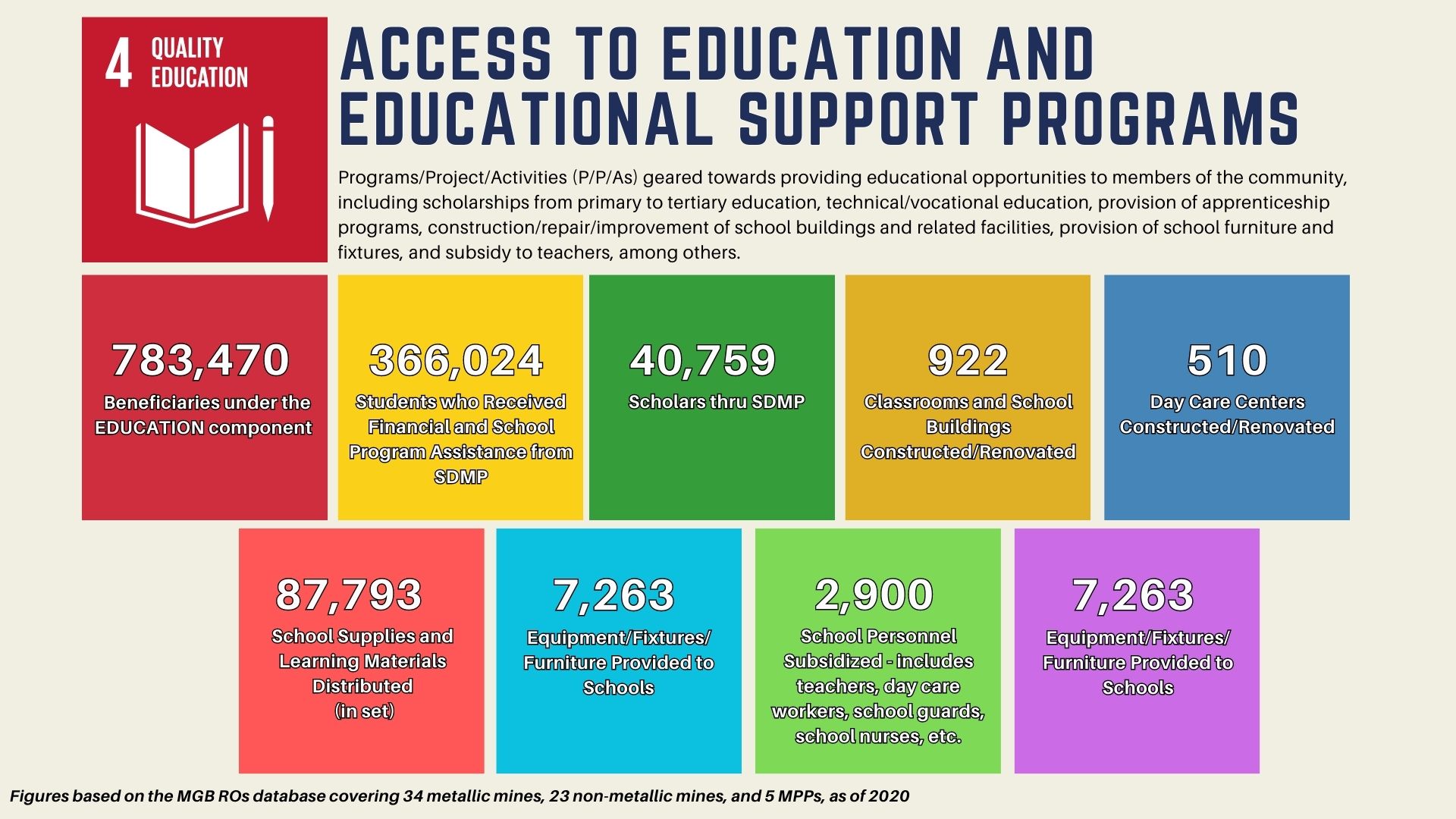
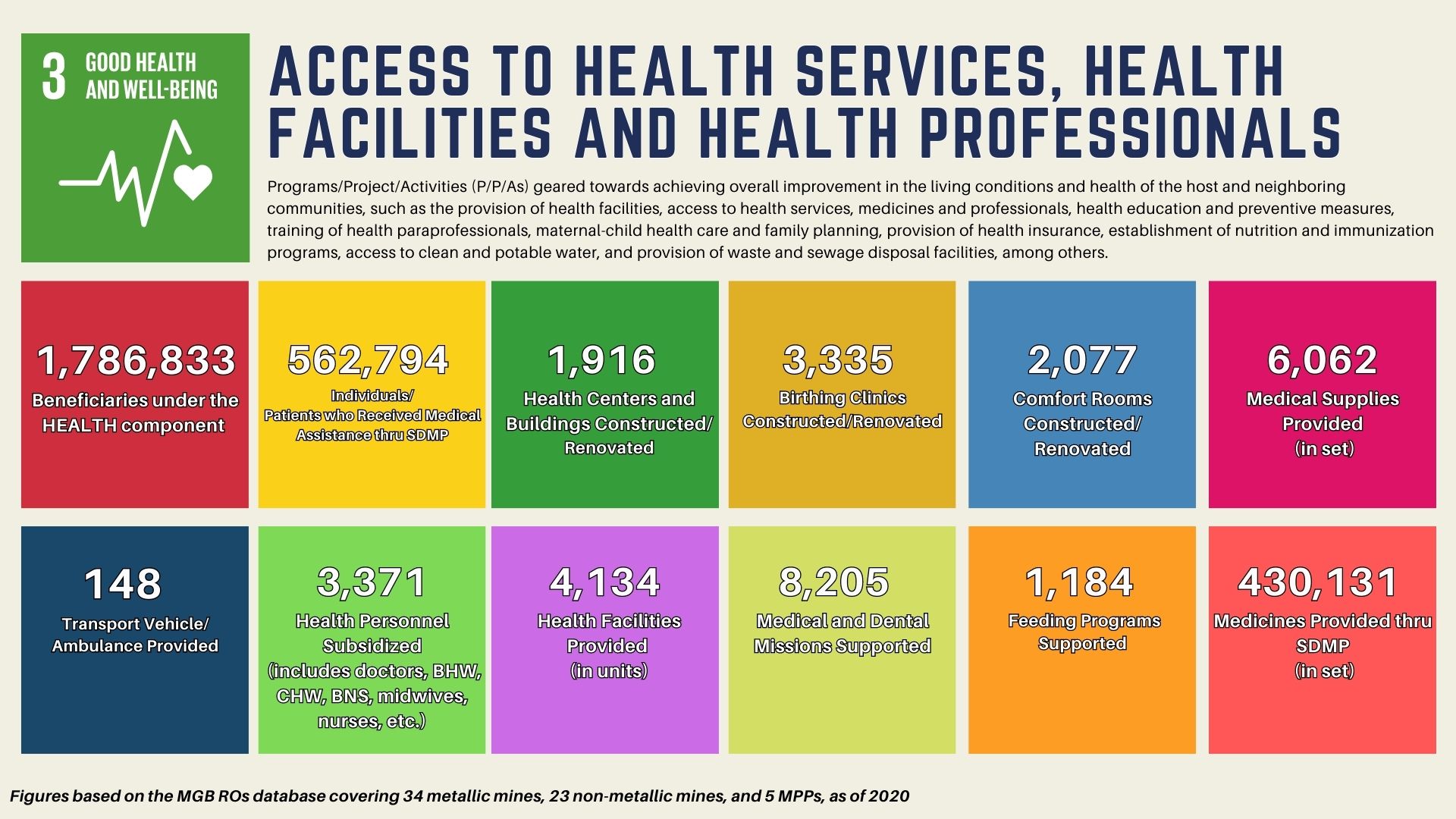
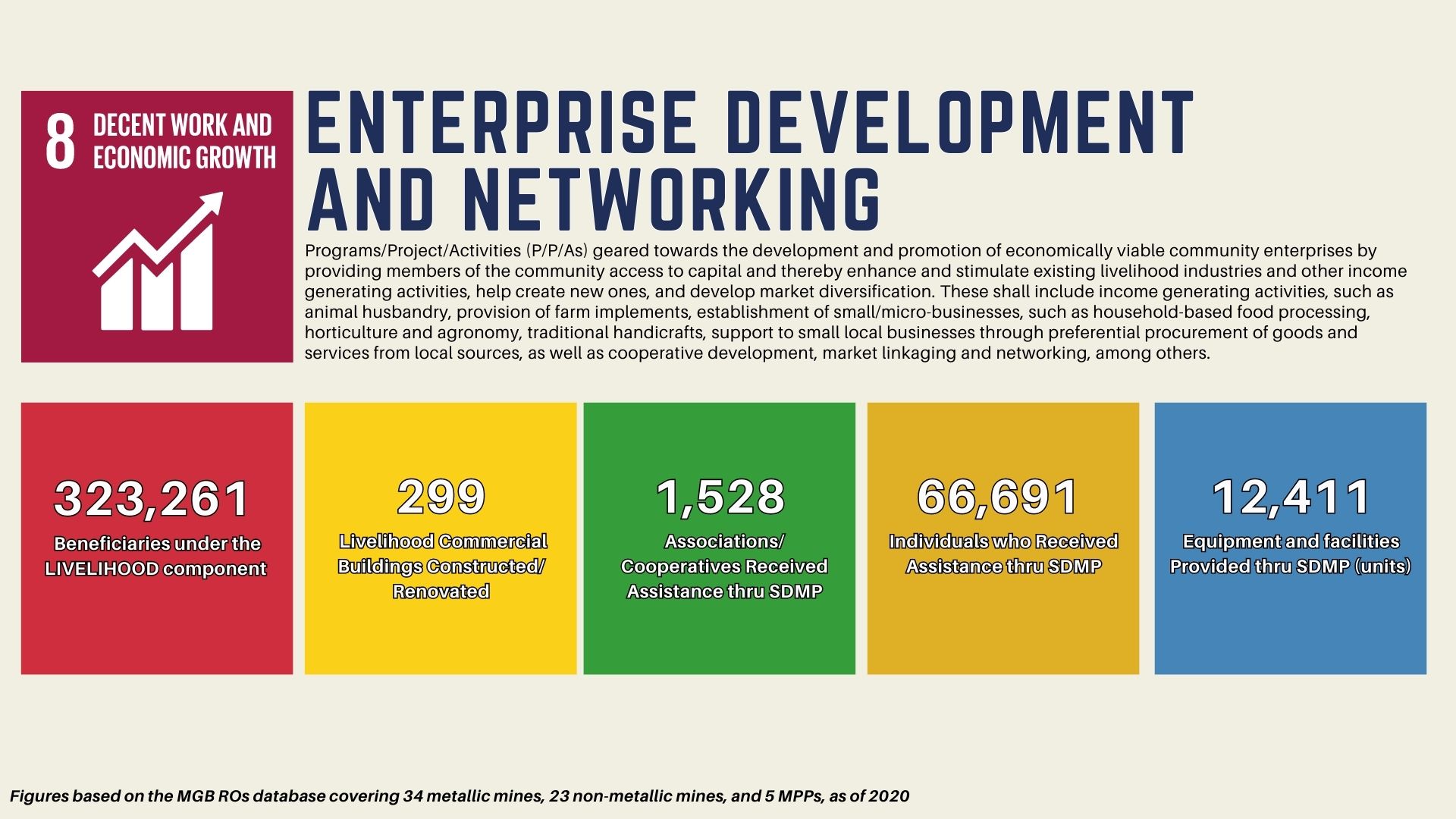
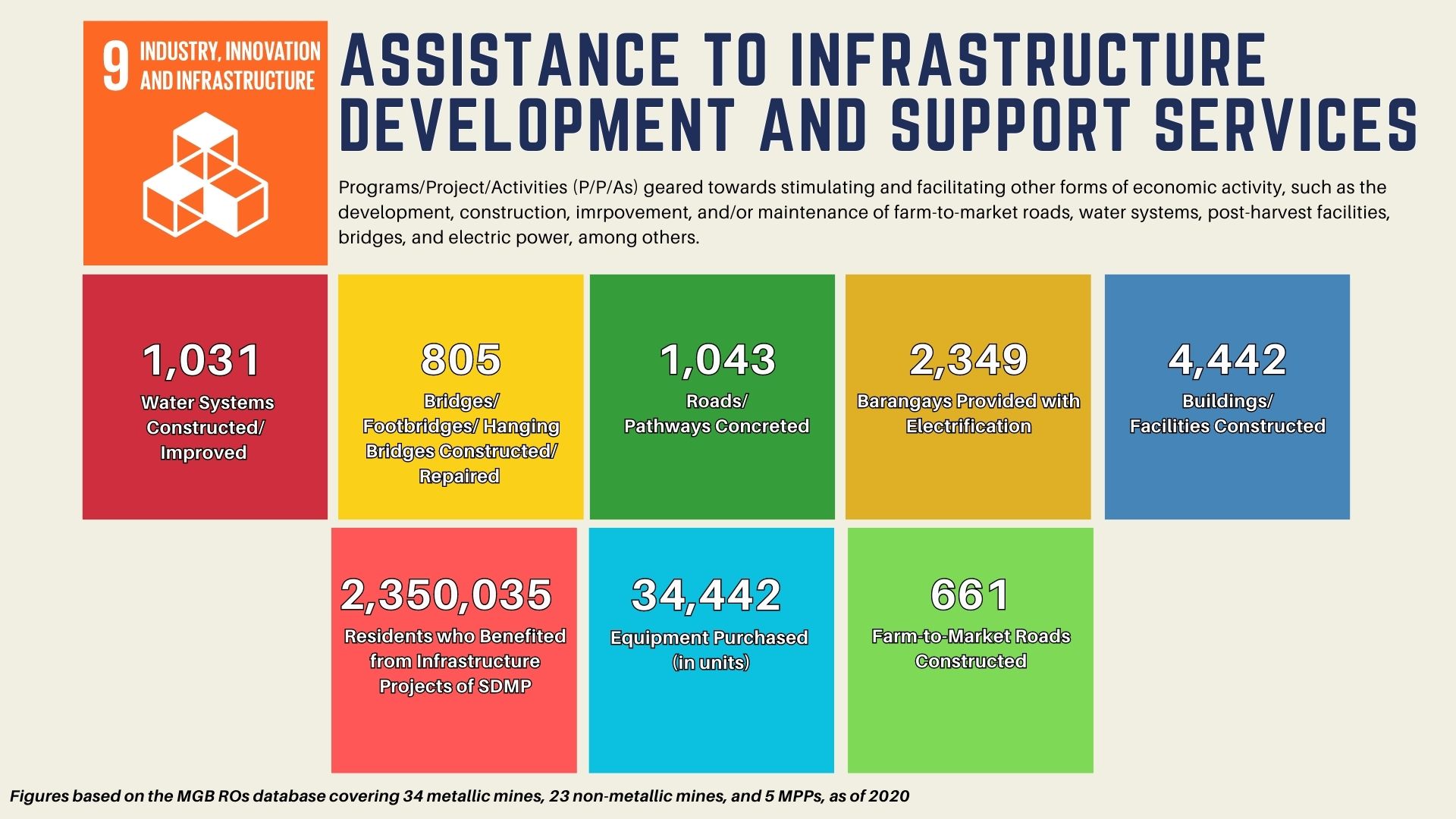

Events and Activities
List of Events and Activities
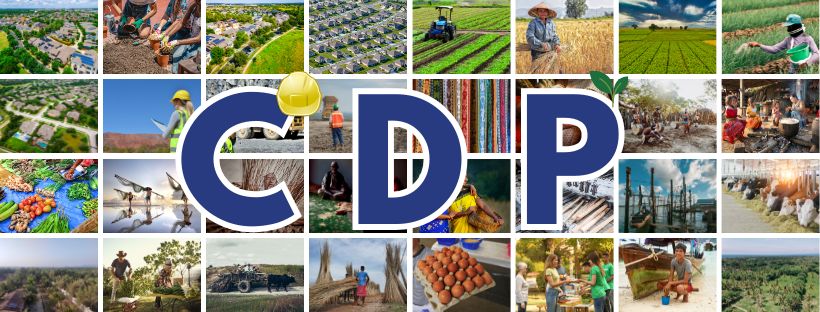

Social Development and Management Program
The Social Development and Management Program (SDMP) is a tool for the development and implementation of community programs and projects. It is a five (5)-year plan prepared by the Contractor/Permit Holder in consultation and partnership with the host and neighboring communities in a mining area. The goal of the SDMP is to help create responsible, self-reliant, and resource-based communities capable of developing, implementing, and managing community development programs, projects and activities in a manner consistent with the principles of people empowerment and sustainable development.
Legal Basis
The following are the legal bases for the preparation, submission, and implementation of SDMP:
Scope
As a participatory approach and strategy in project implementation, SDMP shall cover and include all Programs/Projects/Activities (P/P/As) identified by the Contractor/Permit Holder together with the host and neighboring communities in all phases of the mining operation. To meet the changing needs and demands of the communities, the Contractor/Permit Holder shall prepare SDMP for implementation within a five (5)- year period. Commencement shall start from the development and construction stage and for effective implementation of the same, Annual SDMP shall be submitted, at least thirty (30) calendar days before the beginning of every calendar year, to the Mines and Geosciences Bureau Regional Office (MGB RO) concerned, for approval and implementation the following year. When a mining company suddenly ceases operation, it shall continue implementing its SDMP under the Care and Maintenance Program.
Guiding Principles
In implementing the guidelines, the SDMP shall adhere to the principle of people empowerment to create responsible, self-reliant, and resource-based communities as stated in CDAO 2010-21. The formulation of the SDMP is guided by the following principles:
Goal and Objectives
The goal of the SDMP is to uplift the quality of life of the people towards the end of mine life and even long after the mining company ceases operation. To achieve this goal, the following are the objectives:
Summary of SDMP Commitment and Expenditure (As of)
Summary of Annual SDMP Allocation and Expenditure (As of)
Annual SDMP Allocation and Expenditure (Link to Regional Offices
Summary of Annual SDMP Physical Accomplishment (As of)
Summary of Annual SDMP Physical Accomplishment per Region (As of) (Link to Regional Offices)
Cordillera Administrative Region
Region I - Ilocos Region
Region III - Central Luzon
Region IV CALABARZON (Southern Tagalog Mainland)
Region IV MIMAROPA (Southern Tagalog Islands)
Region V - Bicol Region
Region VI - Western Visayas Region
Region VII - Central Visayas Region
Region VIII - Eastern Visayas Region
Region IX - Western Mindanao (Zamboanga Peninsula)
Region X - Northern Mindanao
Region XI - Southern Mindano (Davao Region)
Region XII - Central Mindanao (Soccsksargen)
Region XIII - CARAGA
List of SDMP-DMTG Researches
List of Host and Neighboring Communities (Link to Regional Offices)
Cordillera Administrative Region
Region I - Ilocos Region
.Region II - Cagayan Valley Region
Region III - Central Luzon
Region IV CALABARZON (Southern Tagalog Mainland)
Region IV MIMAROPA (Southern Tagalog Islands)
Region V - Bicol Region
Region VI - Western Visayas Region
Region VII - Central Visayas Region
Region VIII - Eastern Visayas Region
Region IX - Western Mindanao (Zamboanga Peninsula)
Region X - Northern Mindanao
Region XI - Southern Mindano (Davao Region)
Region XII - Central Mindanao (Soccsksargen)
Region XIII - CARAGA
{/slider-lhnc}
Features
Events and Activities
List of Events and Activities
Information Resources
Other information resources